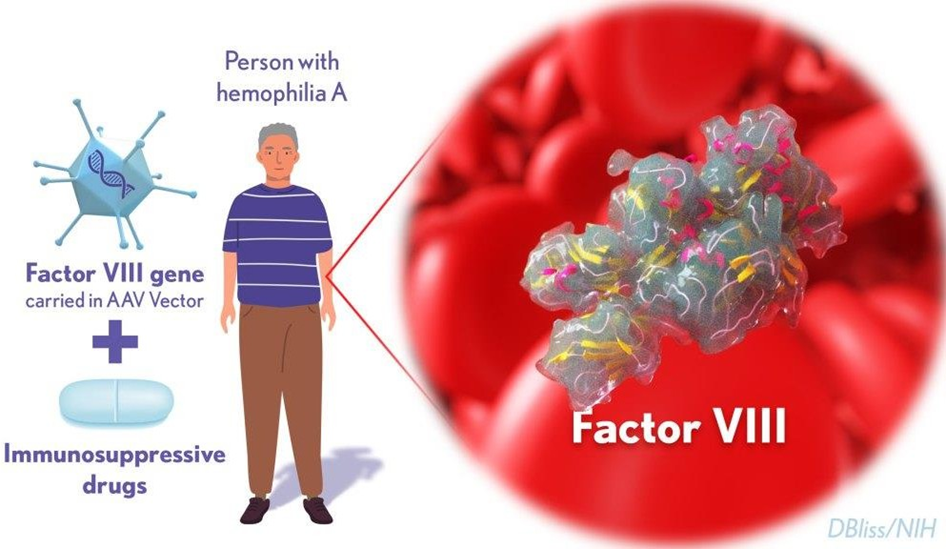During an outpatient well visit with a patient who has sickle cell anemia, you make it PRIORITY to assess the patient's?
Hemoglobin A1C level
Appetite
Reflexes
Vaccination history
The Correct Answer is D
A. Hemoglobin A1C level is not typically assessed in patients with sickle cell anemia as it is primarily used to monitor long-term blood sugar control in individuals with diabetes mellitus.
B. While appetite may be relevant to the overall health of the patient, it is not the priority assessment in a patient with sickle cell anemia.
C. Reflexes may be assessed during the physical examination, but they are not the priority assessment in a patient with sickle cell anemia.
D. Vaccination history is the priority assessment in a patient with sickle cell anemia because individuals with sickle cell disease are at increased risk of infections, particularly from
encapsulated bacteria. Therefore, ensuring that the patient is up-to-date on vaccinations, including pneumococcal and meningococcal vaccines, is crucial for preventing serious infections.
Nursing Test Bank
Naxlex Comprehensive Predictor Exams
Related Questions
Correct Answer is A
Explanation
A. Hemophilia A: Hemophilia A is caused by a deficiency of factor VIII, leading to problems with blood clotting.

B. Hemophilia B: Hemophilia B is caused by a deficiency of factor IX, not factor VIII.
C. Christmas disease: Christmas disease is another name for Hemophilia B, which is caused by a deficiency of factor IX.
D. Sickle cell disease: Sickle cell disease is a genetic disorder affecting hemoglobin, not a clotting factor deficiency.
Correct Answer is D
Explanation
A. Total protein level. Total protein level does not directly indicate bone marrow suppression.
B. Serum potassium level. Serum potassium level reflects electrolyte balance but is not specific for bone marrow suppression.
C. Erythrocyte sedimentation rate (ESR). ESR can indicate inflammation but is not a reliable indicator of bone marrow suppression.
D. Platelet count. Platelet count is a reliable indicator of bone marrow suppression because chemotherapy can significantly reduce platelet production, leading to thrombocytopenia.
Whether you are a student looking to ace your exams or a practicing nurse seeking to enhance your expertise , our nursing education contents will empower you with the confidence and competence to make a difference in the lives of patients and become a respected leader in the healthcare field.
Visit Naxlex, invest in your future and unlock endless possibilities with our unparalleled nursing education contents today
Report Wrong Answer on the Current Question
Do you disagree with the answer? If yes, what is your expected answer? Explain.
Kindly be descriptive with the issue you are facing.
